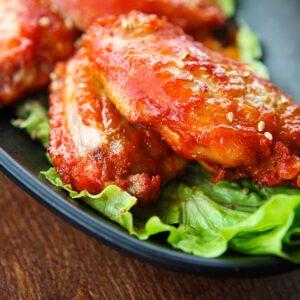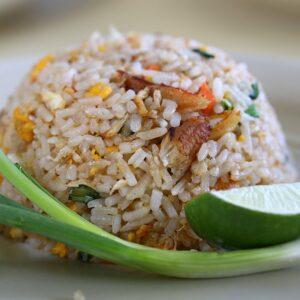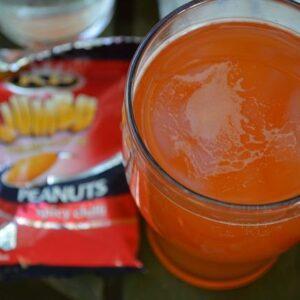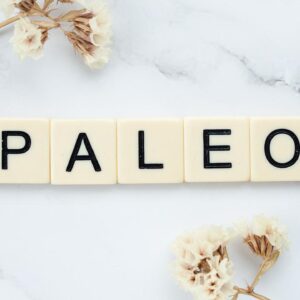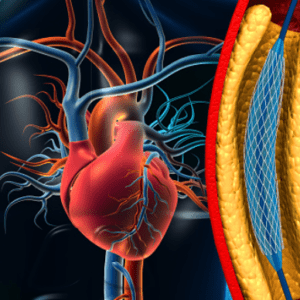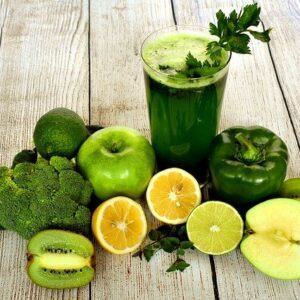What is Feingold Diet?
The Feingold diet is created by Dr. Benjamin Feingold that is designed to eliminate certain food dyes. Such as artificial colors like red dye #40 and yellow dye #5 from the diet. The idea behind this Feingold diet plan is to avoid these artificial dyes. So, as to prevent symptoms associated with hyperactivity, allergies, asthma, poor focus, concentration, learning difficulties, behavior problems.
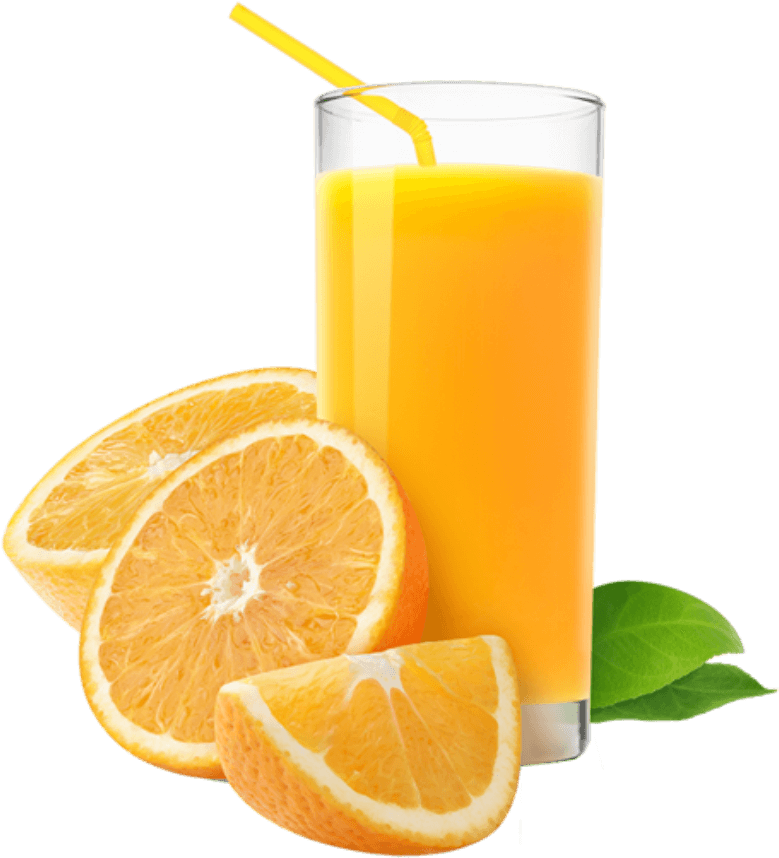
Furthermore, food dyes like blue and red may cause damage when consumed by people with a genetic predisposition to develop allergies to various chemicals found in foods.
In recent years, it has been used to help children with autism spectrum disorder (ASD) as well as children with ADHD thrive. These children are otherwise healthy and have no signs or symptoms of allergic reactions. However, consumption of these artificial colors may result in an allergic response triggered by their bodies’ immune systems.
There are many types of food dyes manufactured in the United States. In Europe, however, food additives are regulated more strictly and require more scrutiny before they can be approved. It is believed that children’s immune systems have been affected by these additives, causing a higher risk of developing allergies and asthma.
Due to this, it is important for them to avoid any sources of these dyes like artificial coloring in processed foods and beverages.
How Can Feingold Diet Plan Help Children with Dyslexia?
In recent years, there has been a lot of attention on how the Feingold Diet Plan can help children with dyslexia indirectly. However, many parents are still unaware of what the diet does and how it is supposed to help their child.
This diet was developed with an aim to treat children who suffer from allergies and attention deficit hyperactivity disorder (ADHD). According to the WebMD, if anyone without the ADHD then they are unlikely to develop dyslexia.
However, there is no scientific evidence that proves that this diet plan can help children with dyslexia in any other way than symptom relief.
The Fiengold diet plan is a popular diet that focuses on the benefits of both plant-based and spicy foods. It contains lots of fruits and vegetables, which are known to aid the cognitive function of the brain. This diet is made up of mostly fresh, natural foods such as fruits, vegetables, whole grains, lean proteins and healthy oils.
The Hidden Benefits of the Feingold Diet Plan That Are Changing People’s Lives Today
The Feingold Diet, also known as the Feingold concept, was first introduced in the 70’s and has since been adopted by many individuals across the world. The diet plan is based on three principles:
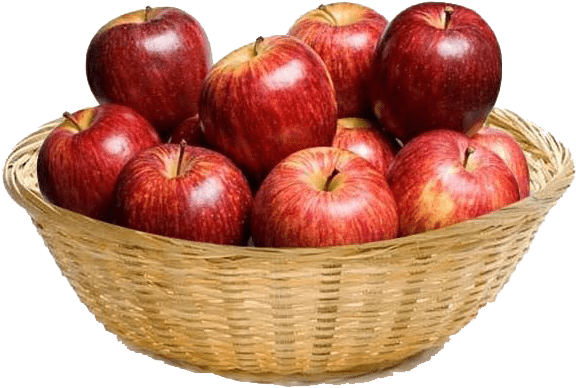
1) Eliminate artificial colors, flavors, and preservatives from foods.
2) Eliminate potentially allergenic food additives (such as sulfites and nitrites)
3) Reduce the overall number of food-related additives.
You might be surprised to know that some of the hidden benefits of this diet plan are changing people’s lives. They include a boost in psychological well-being and weight loss among others. The diet involves avoiding five specific color-coded foods, including artificial colors and flavors, as well as milk and wheat.
These five foods are derived from the “five” colors of the rainbow: red, orange, yellow, green and blue.
However, most people do not know why these particular colors are singled out.
How to Implement a Feingold Diet Plan at Home for Better Health & Productivity?
The Feingold diet is well-known for its various health effects, including avoiding allergic reactions and improving overall health condition. The plan also helps people reduce migraines, stress disorder and cognitive issues due to depriving them of food irritants or allergens. However, it still gives people enough nutrients to maintain proper body function.
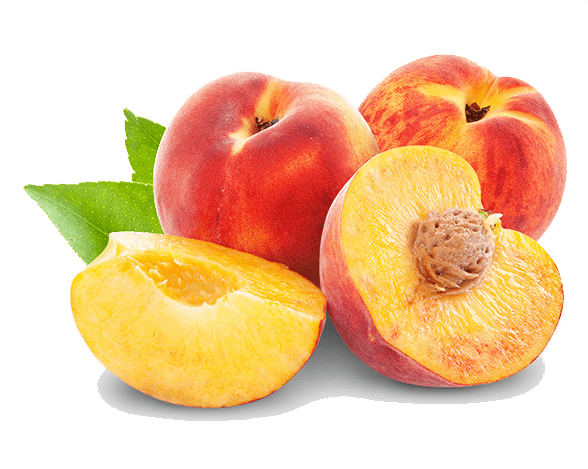
This diet only restricts the intake of certain food groups that contain additives and dyes while promoting safe and healthy foods. Food restriction can be beneficial to people with allergies, sensitivities, and autoimmune diseases.
The aim is to avoid the adverse reactions that come from eating artificial colors and chemicals. It is a popular diet that has been around for decades. In addition to changing the way you eat, the program encourages parents to change the way they feed their children, especially during infancy.
On the other hand, there are some fruits which can trigger an adverse reaction if consumed while on this diet.
Here are some fruits to avoid while on the Feingold Diet plan are:
1) The presence of vitamin C in oranges can be harmful to individuals. Feingold diet is a restricted-food diet that helps children avoid sensitivities when introduced to new foods.
2) Apples because these fruits contain chemicals that may interfere with the body’s ability to absorb iron.
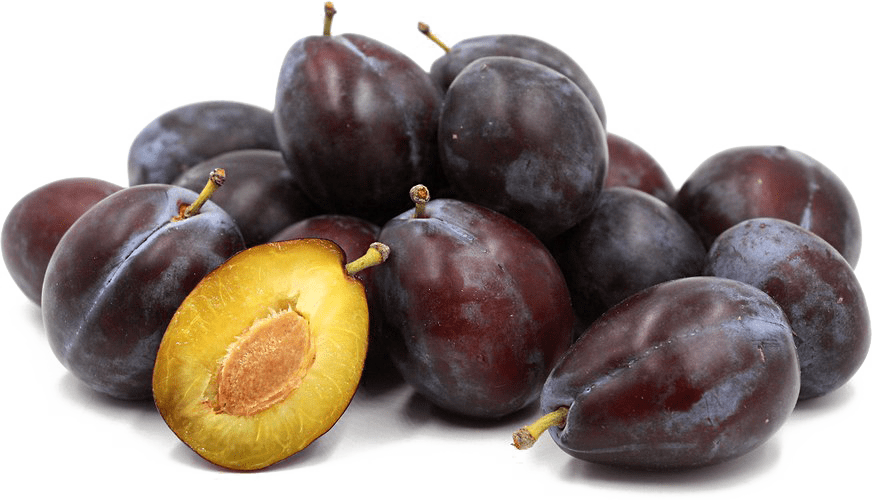
3) Peaches are rich in sugar which causes a spike in blood sugar level. The increased blood sugar level makes you feel hungry, tired and depressed.
4) Prunes, a popular dried fruit, contain a lot of sugar and they can also cause digestive problems.
The Feingold Diet plan is a dietary program for infants and children that eliminates certain food groups that may be causing them to have behavior problems.
Where to Get Feingold Recipes?
The Feingold Diet can be seen as an alternative to the strict, regimented diets that many people are following today. Eating this way may help you lose weight and may give you other health benefits as well.
Feingold recipes are becoming more and more popular. You can easily get Feingold Recipes across the world through various resources on the Internet, or by searching in your local library.
The most common way to implement this type of a diet is to create your own meal plan. And stick with it while you gradually reduce the number of calories that you are consuming.


